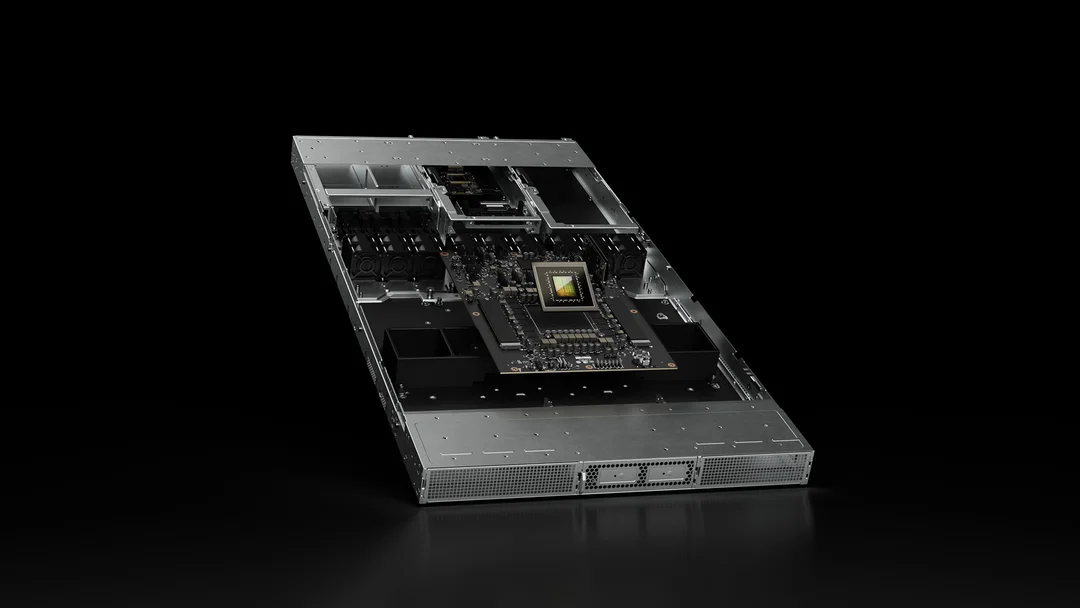
NVIDIA Shocks with DGX Spark: RTX 5070 Core Count in a Compact AI Powerhouse
NVIDIA is making waves with its DGX Spark, a compact supercomputer, surprisingly packing the same number of CUDA cores as the rumored RTX 5070: 6144. This revelation, surfacing unconventionally from Computex award listings, has sent ripples through the tech community, raising questions about NVIDIA's broader strategy.
The unexpected detail was unearthed when the Computex Best Choice Awards page highlighted the DGX Spark's specifications. The award, often seen as more of a promotional tool than a genuine accolade, inadvertently exposed a key detail NVIDIA had been tight-lipped about: the core count of the GB10 Superchip powering the DGX Spark is identical to what many expect from the RTX 5070 desktop GPU.
The DGX Spark, formerly known as Project DIGITS, combines the latest Blackwell GPU with a Grace CPU using NVIDIA's NVLink-C2C interconnect technology. NVIDIA's official announcement highlights its capabilities for handling massive AI models, boasting features like 5th generation Tensor cores delivering up to 1000 TOPS of FP4 AI performance and 4th generation RT cores for real-time ray tracing. The system also features 128GB of LPDDR5x system memory accessible to both CPU and GPU, making it an ideal solution for working with AI models of up to 200 billion parameters.

Beyond NVIDIA's reference design, the DGX Spark is being adopted by a variety of manufacturers. ASUS unveiled their GX10 at CES, and Lenovo recently introduced their ThinkStation PGX PC. MSI is also presenting their version, the EdgeExpert MS-C931, at Computex. These systems share a core specification of 128GB of LPDDR5X memory.
NVIDIA also unveiled the GB300-powered DGX Station featuring the Blackwell Ultra Desktop Superchip, promising up to 20 petaflops of AI performance.
This move towards compact, powerful AI systems aligns with the growing demand for accessible AI development tools. Enterprises, startups, and research institutions alike are seeking solutions that can handle demanding AI workloads without compromising data privacy or scalability.
NVIDIA's commitment to power efficiency is also evident with the Grace CPU C1, claiming a 2x improvement in energy efficiency compared to traditional CPUs. This is particularly crucial in edge, telco, and storage deployments where power consumption is a major constraint.
With the unexpected reveal of the DGX Spark's core count and the broader push towards compact AI power, NVIDIA is setting the stage for significant shifts in both the AI and consumer GPU markets. What implications will this shared architecture have for gaming performance? Will we see similar performance levels across both professional and consumer applications? Share your thoughts in the comments below.